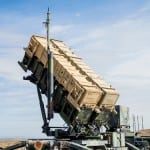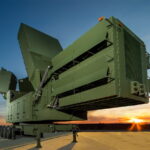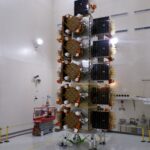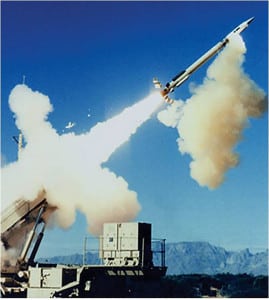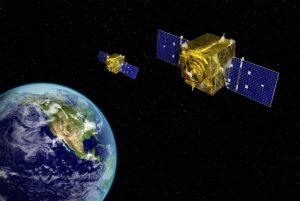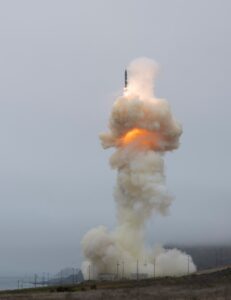
The two teams competing to develop and produce the Next Generation Interceptor (NGI) passed the Systems Requirements Review (SRR) phase ahead of schedule. Last March, the Missile Defense Agency (MDA) selected two teams led by Northrop Grumman [NOC] and Lockheed Martin [LMT] to conduct initial technology development and risk reduction work for the NGI, which seeks to improve and replace current ground-based interceptors as part of the U.S.-based Ground-based Midcourse Defense system (Defense Daily, March 23). MDA is pushing to…

 By
By 